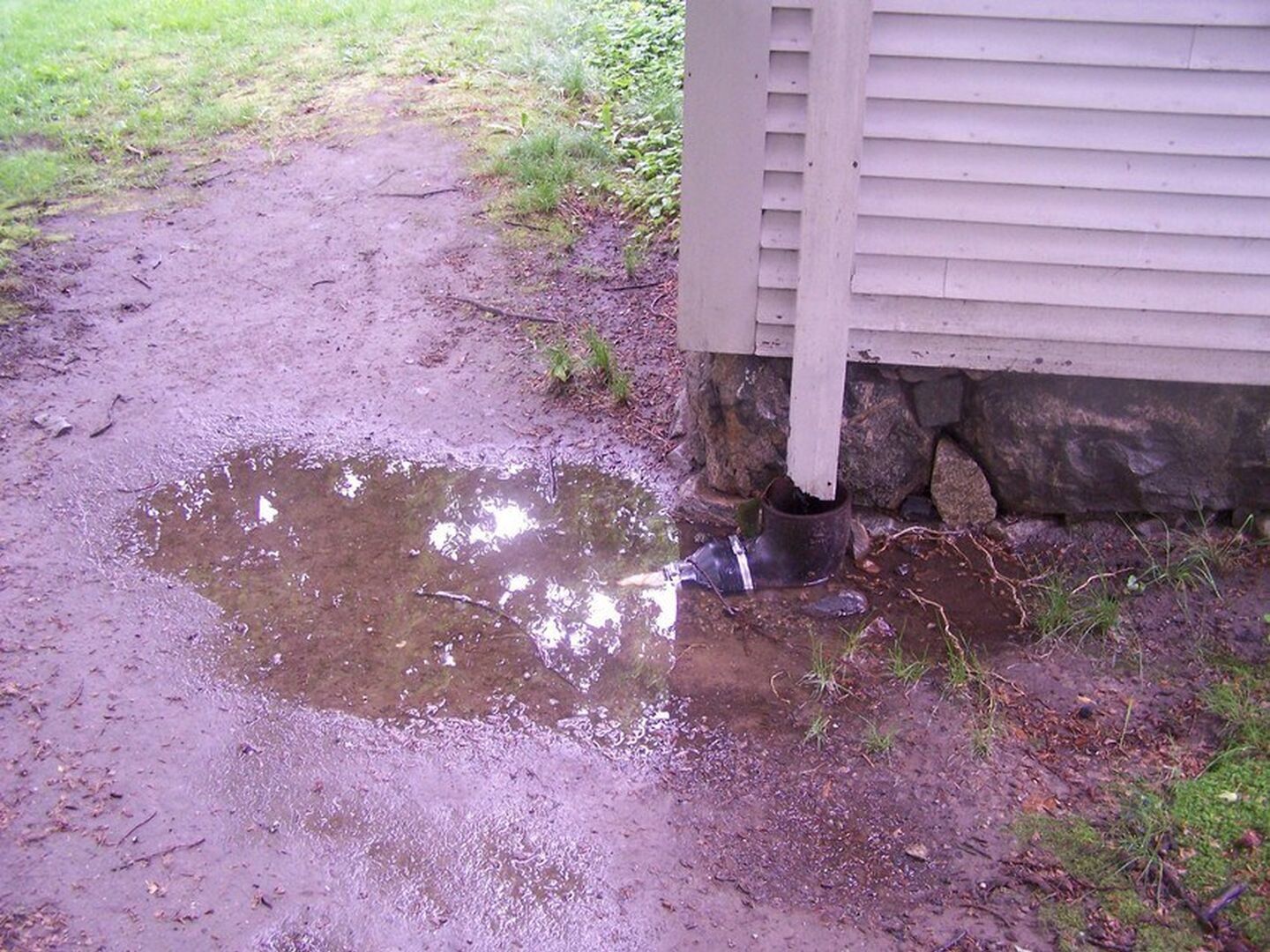How Can I Prevent Structural Foundation Damage to my Home?

Damage to a home’s foundation is usually a pretty big deal. The below-ground damage, severe enough itself, also damages the structure above, ranging from small cracks in drywall and stuck windows and doors to large cracks in exterior walls, separating chimneys and cracking floors.
As we’ve written in earlier articles, structural foundation damage can almost always be repaired, no matter how serious. Bowed, bulging or rotating walls can be stabilized, dropped foundations can be raised and underpinned and aboveground damage can be patched up. However, like many other problems with houses and their component parts, homeowners can be spared much aggravation and expense if they act to prevent foundation damage before it happens.
What are the Best Ways to Prevent Structural Foundation Damage?
The place to prevent structural foundation damage is at its root cause – water. Water that saturates soil around the foundation causes the soil to swell, which in turn creates the lateral pressure against foundations causing masonry walls to bulge or bow and poured concrete walls to crack and rotate inward. Water that swells soil below the foundation that, when the moisture is removed during dry periods, shrinks and causes the foundation to drop. Water that deteriorates mortar joints to weaken masonry walls.
Of course, water is always present from rain and snowmelt and it can’t be eliminated so it must be managed. Practicing good yard drainage principles around the home is the surest way to prevent structural foundation damage and they’re not very difficult.
Keep Gutters Clean – The simplest principle of good yard drainage is to keep rain gutters free of debris. For the average home, just one inch of rain produces 1500 gallons of water on the roof and homeowners must depend on gutters to carry all that water safely away from their foundations. If gutters are full of leaves, evergreen needles, pine cones and other natural discards, all that water has nowhere to go but over the edge in sheets – where it lands and is absorbed right next to the foundation.
Extend Downspouts – Even the world’s cleanest gutters won’t make a bit of difference if they flow into downspouts that discharge all that water alongside the foundation. On a typical home with four downspouts, each would dump almost 400 gallons of water in a small space during that one-inch rain and that water is going right into the soil. Downspouts should be extended at least 10 feet away from the foundation, past the vulnerable area that surrounds it. Underground extensions look better and are more likely to remain undisturbed; they can lead to dry wells, bubbler pots, storm sewers or discharge on a sloping lawn.
Eliminate Negative Grade – Everyone knows that water runs downhill; that’s why a typical home sits at the highest point on its site for good drainage. However, sloppy grading or digging for utilities or landscaping can create a negative grade – one that directs water back toward the house instead of away from it. This can be a big job to fix but it’s also not very common.
Drain Low Spots – Similarly, if there are low spots in the lawn that collect and retain water, this can lead to structural foundation damage, especially if they are close to the house. These spots can be eliminated by installing simple sub-surface drains (French drains) that will transport the water to appropriate discharge points.
Be Careful with Landscaping – Whether a DIY project or the work of professionals, landscaping properly can help prevent structural foundation damage. Don’t plant trees or plants with extensive or deep root structures near the foundation; they’re the cause of most desiccation that results in dropped foundations. Also, avoid creating berms or installing planting bed edging that acts as a dam to retain water near the foundation.
Creating proper yard drainage around the home is the best way to prevent structural foundation damage and, unless regrading is needed, it’s not rocket science. Even so, homeowners will benefit from the services of a basement waterproofing and foundation repair contractor that can diagnose and solve water management problems efficiently and cost-effectively. At U.S. Waterproofing, we specialize in yard drainage and water management and have developed innovative solutions for many of our more than 300,000 satisfied customers. Why not ask for a free consultation?




